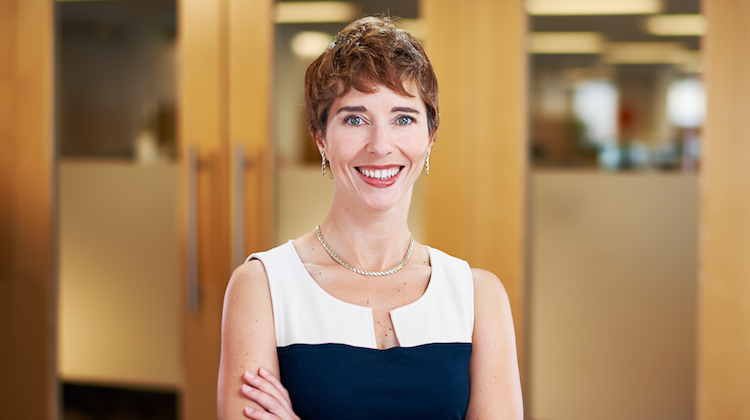The Customer Effect
Wells Fargo’s Secil Watson wants to change the customer conversation
- The buzz in fintech innovation may have shifted to back-end operations, but Wells Fargo's Secil Watson is still excited about the customer interface and experience
- Gone are the days of a single-tier, long-term go-to-market strategy; planning needs to happen on three levels these days, and the "long term" has shrunk from 20 years to about five








